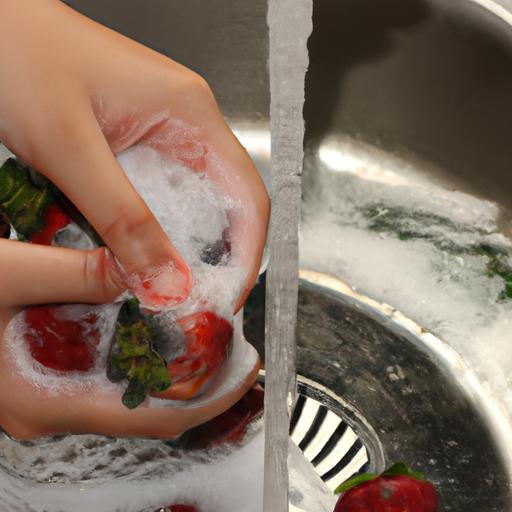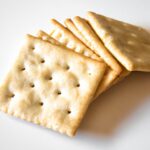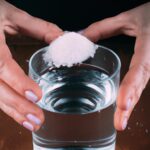As we all know, fruits are an integral part of a healthy diet, but have you ever thought about the importance of cleaning them before consuming? Fruits are often exposed to pesticides, dirt, and bacteria during transportation, storage, and display. Therefore, it is imperative to clean them thoroughly before eating to ensure good health.
While there are several ways to clean fruits, using baking soda as a natural cleaning agent is gaining popularity due to its effectiveness and safety. Baking soda, also known as sodium bicarbonate, is a white crystalline powder that dissolves easily in water and has the ability to neutralize acidic substances. In this article, I will guide you through the steps on how to clean fruits with baking soda, ensuring your fruits are free from harmful contaminants.
The Science Behind Baking Soda
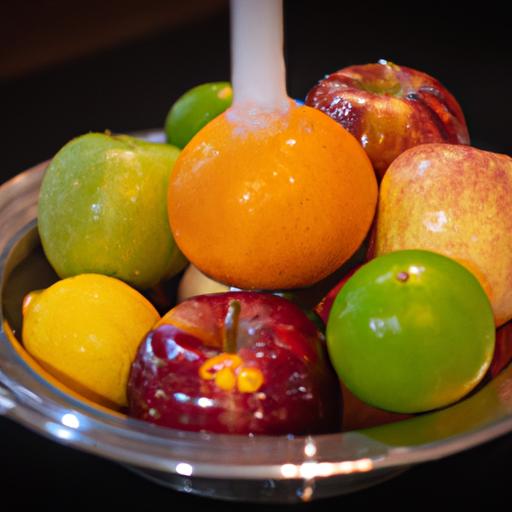
How Baking Soda Works as a Cleaning Agent
Baking soda is a natural cleaning agent that works by neutralizing acidic substances. By mixing baking soda with water, it forms an alkaline solution that can break down and remove dirt, bacteria, and pesticides from the surface of fruits. This is possible because baking soda can react with the acid present in fruits, forming carbon dioxide gas, which bubbles up and helps in removing the contaminants.
Moreover, baking soda has a slightly abrasive texture that can scrub off any residue on the fruit’s surface. Its mild abrasive properties make it safe to use on fruits and vegetables without causing any damage to their surface or texture.
Comparison with Other Cleaning Agents
Many commercial cleaning agents are available in the market to clean fruits and vegetables. However, most of these products contain harsh chemicals that can be harmful to both humans and the environment. Baking soda, on the other hand, is a safer and more natural alternative.
Baking soda is non-toxic, biodegradable, and affordable. It does not leave any harmful residue on the fruits and does not affect their taste or nutritional value. In contrast, some commercial cleaning agents can leave behind a chemical residue that can negatively impact the fruit’s quality and safety.
Therefore, using baking soda to clean fruits is not only effective but also environmentally friendly and safe for consumption.
Benefits of Using Baking Soda to Clean Fruits
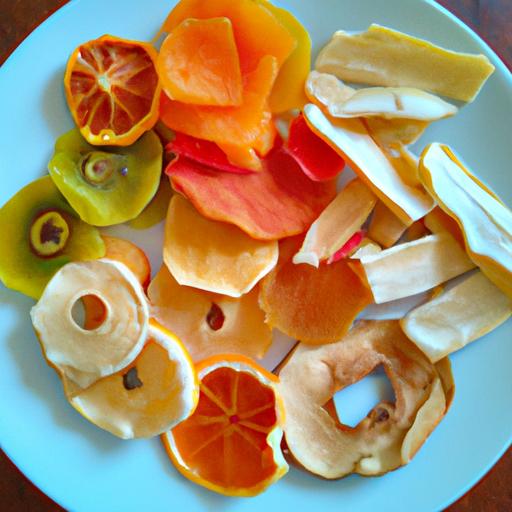
Health Benefits of Using Baking Soda
Using baking soda to clean fruits has several health benefits. Firstly, it helps to remove pesticides and dirt that could be harmful to our health. Pesticides are chemicals used to protect fruits from pests and diseases, but they could have adverse effects on our health if consumed in large quantities. Cleaning fruits with baking soda helps to reduce the level of pesticides on the fruit skin, making them safer to eat.
Secondly, baking soda has antimicrobial properties that can help to kill bacteria and viruses on the fruit surface. Fruits are often handled by several people before reaching consumers, making them prone to contamination. By cleaning fruits with baking soda, you can reduce the risk of foodborne illnesses such as E.coli, Salmonella, and Listeria.
Environmental Benefits of Using Baking Soda
Apart from the health benefits, using baking soda to clean fruits also has environmental benefits. Unlike commercial cleaning agents, baking soda is a natural cleaning agent that does not contain harmful chemicals that could pollute the environment. It is biodegradable and safe to use, making it an eco-friendly alternative to conventional cleaning agents.
Moreover, baking soda is readily available and affordable, making it a cost-effective option for consumers. By using baking soda to clean fruits, you can save money and contribute to environmental conservation.
Steps in Cleaning Fruits with Baking Soda
Cleaning fruits with baking soda is a simple and easy process that requires minimal effort. Follow these steps to ensure your fruits are safe to eat:
Preparation of Baking Soda Solution
The first step is to prepare a baking soda solution. Mix 1 tablespoon of baking soda with 2 cups of water in a clean container. Stir the mixture until the baking soda dissolves completely.
Proper Washing and Cleaning Techniques
- Start by rinsing your fruits under running water to remove any loose dirt or debris.
- Once adequately rinsed, immerse the fruits in the baking soda solution for about 12-15 minutes.
- Gently scrub the fruits with a soft brush, making sure to cover all surfaces. This will help to remove any stubborn dirt or pesticide residues.
- Rinse the fruits thoroughly with running water to remove any remaining baking soda solution.
Drying and Storing Fruits
After cleaning, pat dry your fruits with a clean towel or paper towel to remove any excess moisture. Store your fruits in a clean and dry container or basket, free from any dirt or dust. You can also place a clean towel at the bottom of the container to absorb any moisture.
It is important to note that for fruits with a thin skin, such as berries and grapes, it is best to avoid soaking them in the baking soda solution for too long, as they may absorb the solution and affect their taste. Instead, rinse them thoroughly under running water and gently pat dry.
Safety Precautions
When using baking soda to clean your fruits, it is essential to follow some safety precautions to avoid any potential risks or hazards. Here are some dos and don’ts to keep in mind:
Dos
- Use food-grade baking soda to clean your fruits.
- Always mix baking soda with water to create a solution before using it to clean fruits.
- Rinse your fruits thoroughly with water after cleaning them with baking soda.
- Use a clean cloth or paper towel to dry your fruits.
Don’ts
- Don’t use baking soda on fruits with delicate skin, such as berries, as it can damage them.
- Don’t use baking soda on fruits that are already washed or peeled.
- Don’t use baking soda on fruits that are not recommended for washing, such as mushrooms.
- Don’t use baking soda on fruits that are visibly rotten or moldy.
Possible Risks and Hazards to Avoid:
- Overuse of baking soda can cause skin irritation, especially if you have sensitive skin.
- Ingesting a large amount of baking soda can cause stomach upset, vomiting, and diarrhea.
- Using baking soda on aluminum or silver containers can cause corrosion.
By following these safety precautions, you can ensure that your fruits are not only clean but also safe for consumption.
Conclusion
In conclusion, cleaning fruits with baking soda is a natural, effective, and safe way to remove dirt, bacteria, and pesticides from the surface of fruits. By following the steps outlined in this article, you can ensure that your fruits are thoroughly cleaned and free from harmful contaminants.
Not only is baking soda a cost-effective solution, but it also has several health benefits, including reducing the risk of foodborne illnesses and promoting a healthy digestive system. Additionally, using baking soda to clean fruits is environmentally friendly, as it reduces the need to use harsh chemicals that can harm the ecosystem.
Incorporating baking soda into your fruit cleaning routine is easy and accessible, as it can be found in most households. So, next time you bring home a basket of fresh fruits, remember to clean them with baking soda for a healthy and delicious experience.

